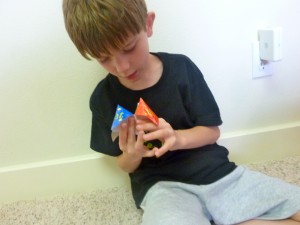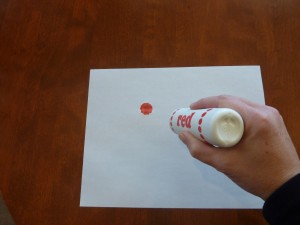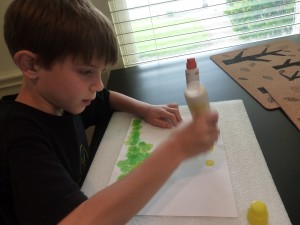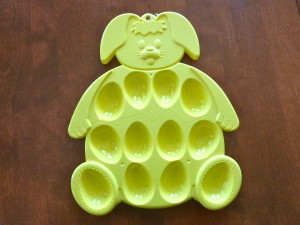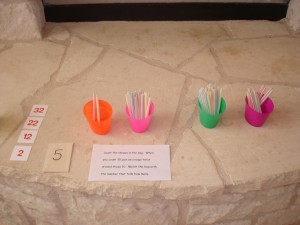I’ve had a lot of people inquire about where I get my materials and seasonal items. I visit stores like Target, Michael’s and Walgreens because they have a lot of kid-friendly items that aren’t super expensive. I plan ahead so when they begin putting out items for the next season or holiday, I check out to see if there is anything to help me build the following skills:
- Fine Motor
- Gross Motor
- Oral Motor
- Literacy
- Math
- Social Skills
I also think about themes I want to do before I even enter the store. This helps me to notice items that would work and also helps to keep me focused!
In addition to doing My Obstacle Courses with Andrew, I love to share what I’ve learned as an educator and what I’ve learned from Andrew with other parents. This website/blog is one way I can do this but I also love to share in person. I am excited because I am having my summer themed My Obstacle Course session next week at Andrew’s school. This allows me to model for other parents some of the station activities I have that could help them build and reinforce skills specific to their own child’s needs. As part of my preparation for this, I visited Target and Walgreens to see what they had. I will share in this post what I picked up but you’ll have to check back to see how I plan to use them! 🙂

Target’s Dollar Section Finds:
Water/sand wheel, sand play kit with sifter, velvet coloring pages, pop up ball catcher, dive rings, squishy ball and caterpillar that lights up and a beach ball.

Walgreens Finds:
Large squishy ball, dino-squeezers, frisbee, water blaster, water squeezers – truck shapes and fish shapes.
Looking forward to sharing my ideas with you!
Engage, Encourage and Empower!




